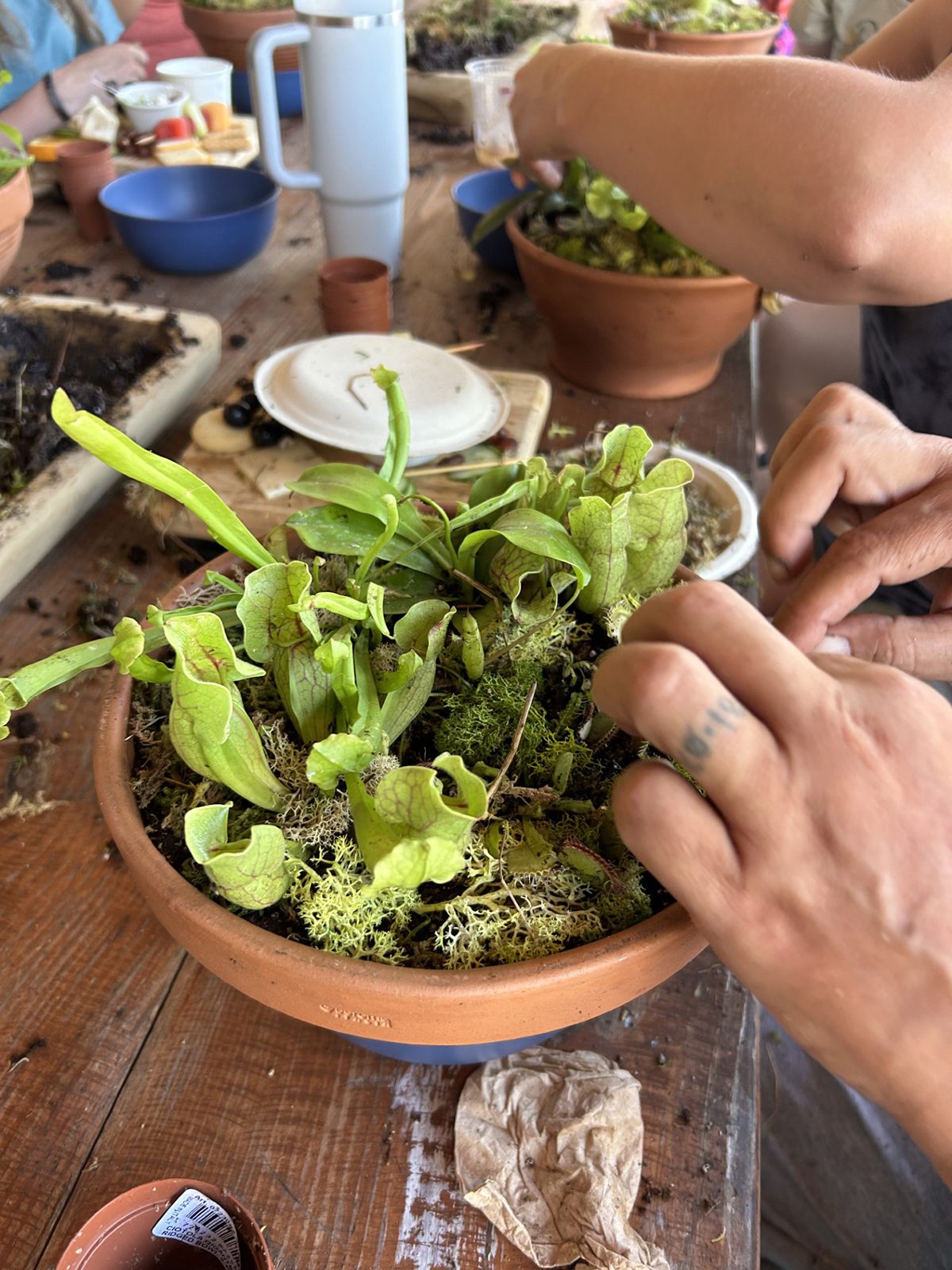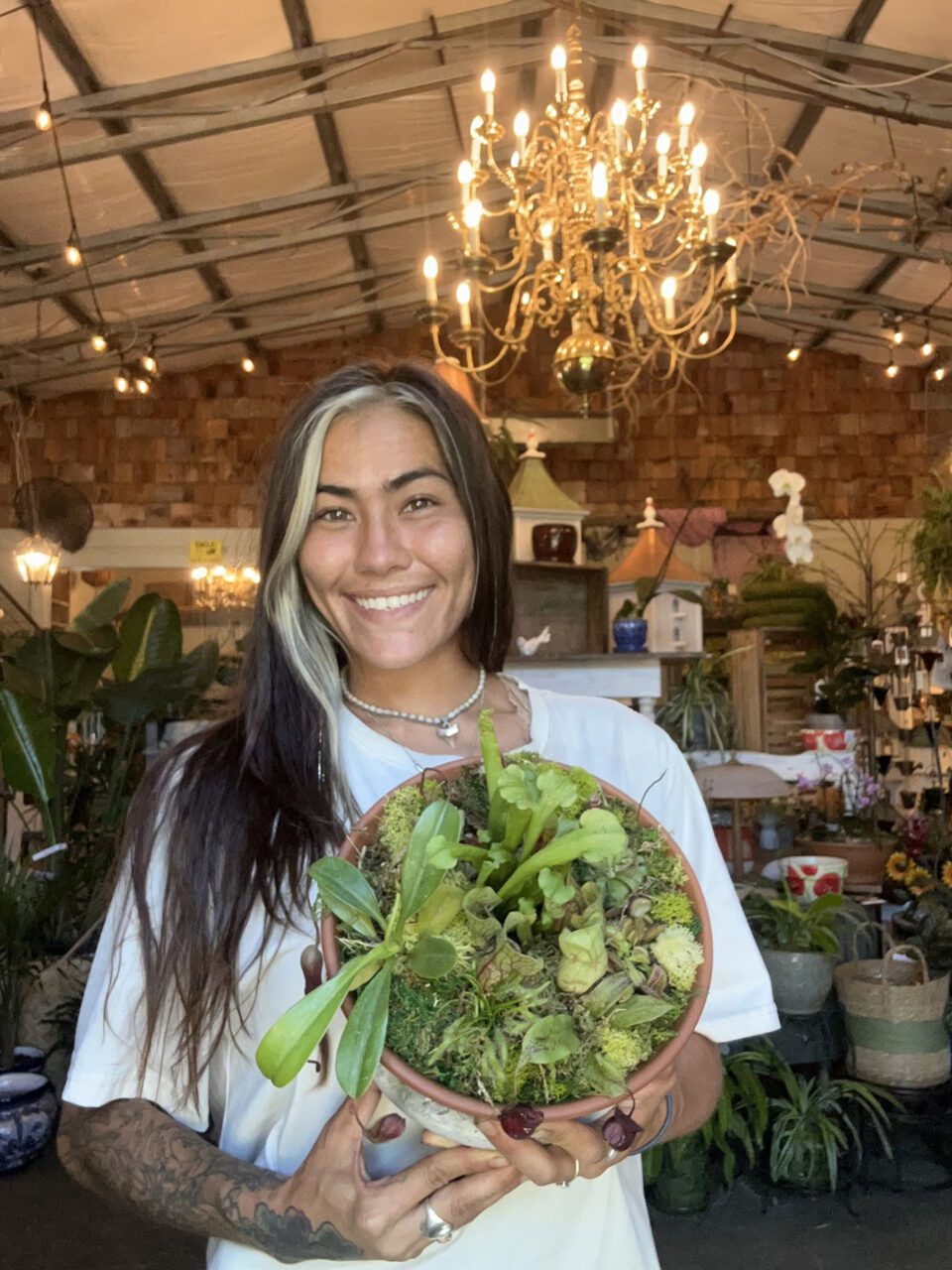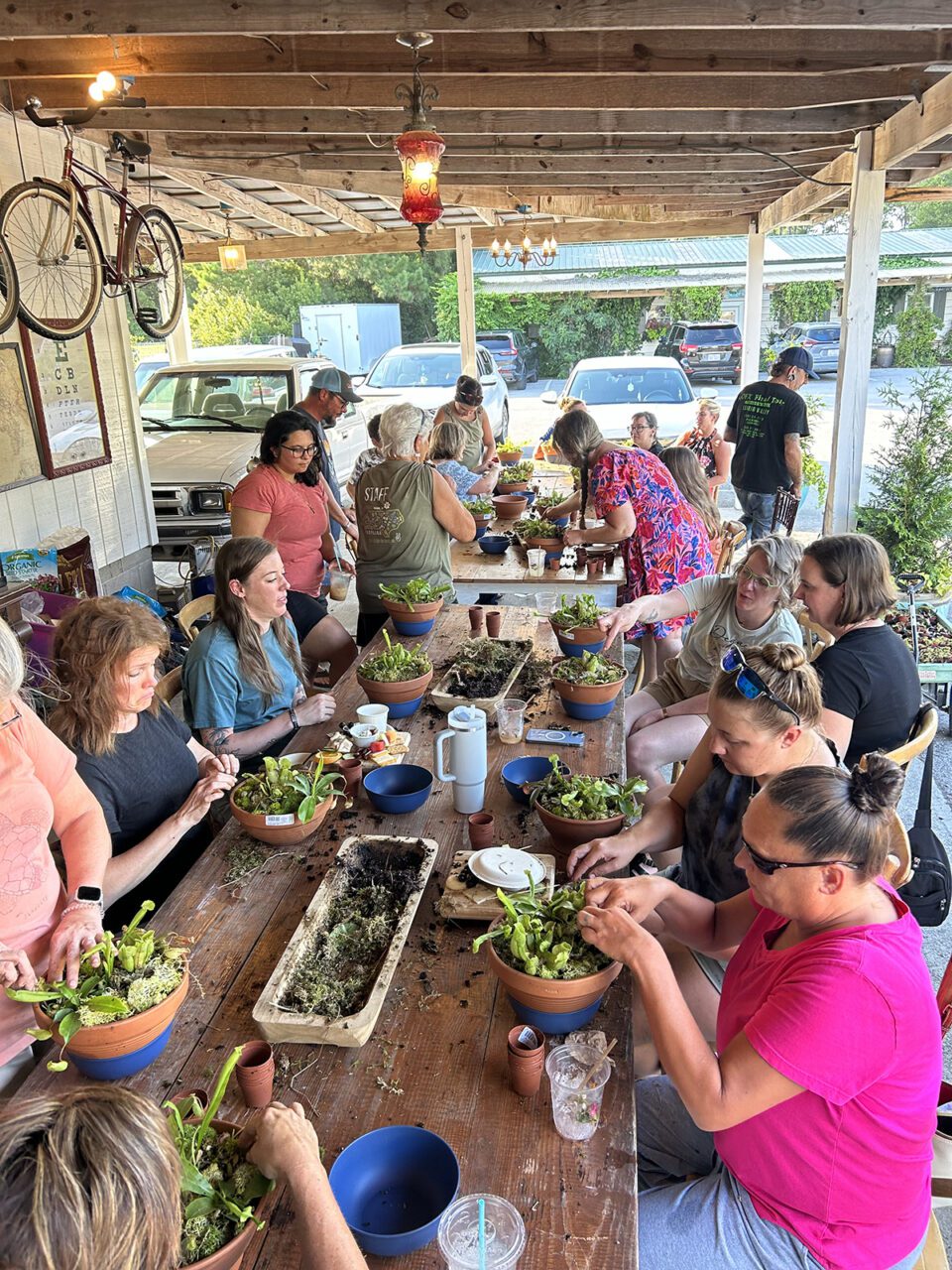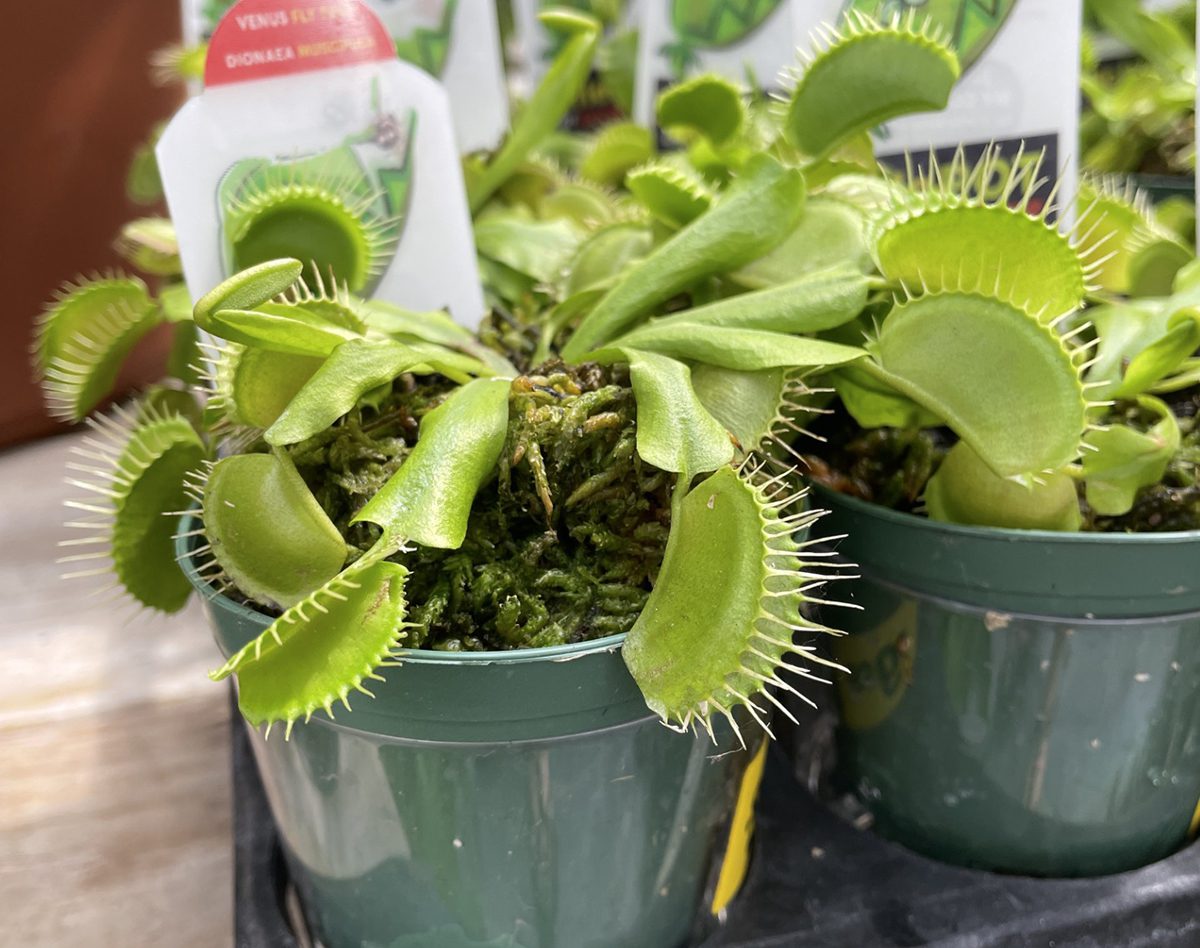
The therapeutic power of gardening has been richly studied and solidly proven, so it was no surprise that a class on how to grow Venus flytraps meandered quickly into something more like group counseling.
Cocktails paired with happy small talk confirmed a safe space to confess what really happened in each student’s own little shop of horrors.
Supporter Spotlight
“I fed my Venus flytrap bacon to keep it alive.”
“Mine didn’t even have to work. I trapped the bugs!”
“I set up grow lights and everything, but it died anyway.”
The instructor, Franchesca Davis, a certified plant professional, rare plants collector and horticulture degree holder with six different specializations, had heard it all before.

“People will go above and beyond to keep their carnivorous plants alive,” she said. “I’ve heard of cat food … regular fish food instead of raw meat because raw meat stinks over time.”
Supporter Spotlight
In “The Little Shop of Horrors,” Audrey II ate Seymour in 10 seconds. Venus flytraps savor their prey over 3 to 5 days. That’s one of the interesting facts attendees learn during Davis’ carnivorous plant classes at Carolina Home & Garden, in western Carteret County.
Around Halloween, interest in Venus flytraps takes off as gardeners of all skill levels imagine their own miniature Audrey II, and Davis provides more than surprisingly simple steps for growing them.
Venus flytraps, native only to an area within about a 75-mile radius of Wilmington, have been around 85 million years. Despite their endurance, native Venus flytrap populations are in trouble. Increasing development razes their habitat and poachers illegally snap up survivors to sell.
Davis said she hopes that helping people understand Venus flytraps will grow greater appreciation of North Carolina’s most famous native plant.

“If we can work as a community to bring awareness to these things and care for them and not use them just as a tourist attraction, then we can probably keep them in the state that they’re most iconic for,” Davis said. “I want people to picture them growing wild…I want people to go home and plant them in the ground.”
Growing tips
Here are some of Davis’ tips for success with Venus flytraps.
Nature copycat containers
Wild Venus flytraps thrive in peat-rich pocosin bogs. The plants draw moisture from below. Therefore, choose a shallow container with at least one substantial hole in the bottom. Rest the planter inside another container that always holds enough water to keep the Venus flytrap constantly damp, as it would be in a bog.
Not just any soil
Forget fertilizer-enriched potting mixes. Enhanced organic mixes won’t work either. That’s because Venus flytraps digest nutrients not from the ground but from the insects they capture. Davis recommended straight peat moss — no added nutrients — or sphagnum peat, free of fertilizers, plus a little pine bark to aerate the sphagnum.
Watering secrets
Rainwater is best, Davis said. Tap, well, bottled and distilled waters are usually too alkaline and mineral rich. If you can’t collect rainwater, Davis suggested trying a pH adjuster like those used for freshwater fish tanks. Assess your water’s pH level and then add the adjuster to achieve a pH in the 5.0 to 5.3 range, Davis said. Outside, flytraps like rainwater that drips from pine trees rather than direct rain, she noted.
Location, location, location
You might think of pocosin bogs that Venus flytraps love as dark places, but flytraps live “on the edge, right on the outskirts of the swamp,” Davis noted.
“They can totally take full sun.” That means at least six hours of sunlight a day. Light intensifies the Venus flytrap’s red colors and ensures the plant’s success after its winter dormancy. Indoors, choose a sunny window. Outside, plant flytraps in well-lit places that are constantly wet, “fingertip-deep wet,” Davis said, like ditch banks and low spots that receive dappled sun, preferably under pine trees. Pine needles allow more sunlight to pass through and help keep the ground below acidic.
Overwinter and forget it
Growers in colder climates have reported ice-covered flytraps in pots coming back strong in spring. The plants need that dormant period so that they don’t exhaust their energy and die.
“They’re pretty prehistoric. Their cycle of energy and how they conserve it is what has been keeping them alive for so doggone long,” Davis said. Slightly damp soil and cold temperatures are all Venus flytraps need for three to six months. They don’t even require light.

Learn more
- Carnivorous Plant Class, 6:30 to 8:30 p.m. Oct. 22, Carolina Home & Garden, 4778 N.C. Highway 24, Newport; carolinahomegarden.com, 252-393-9004.
- N.C. State Fair, native garden featuring Venus flytraps and other carnivorous plants, last two weeks in October, https://www.ncagr.gov/divisions/ncstatefair.
- N.C. Native Plant Society news, education and events. The organization promotes the enjoyment and conservation of North Carolina’s native plants and their habitats. ncwildflower.org.
- Stanley Rehder Carnivorous Plant Garden, 2025 Independence Blvd., Wilmington, 910-341-7852, wilmingtonnc.gov/Parks-Recreation/Parks-Trails/Piney-Ridge-Nature-Preserve-Stanley-Rehder-Carnivorous-Garden.







